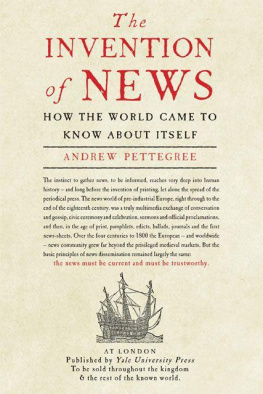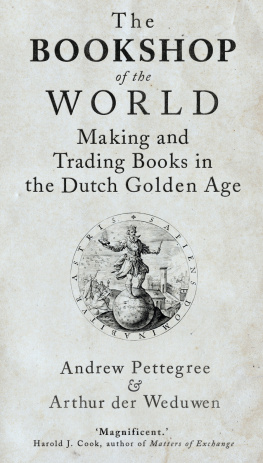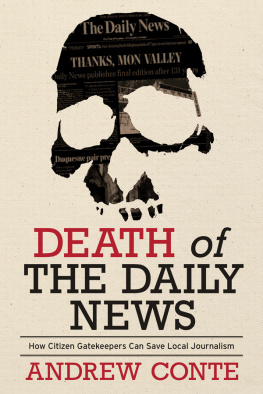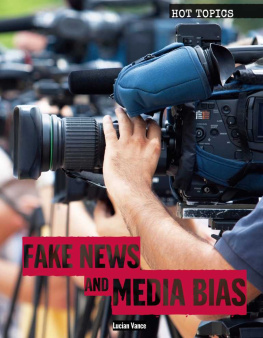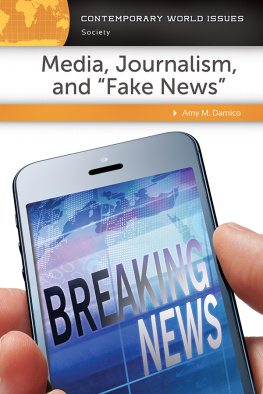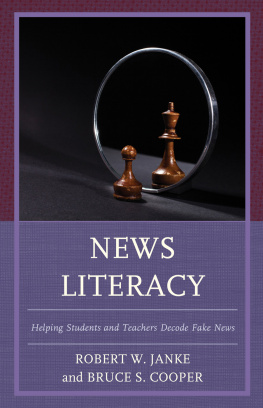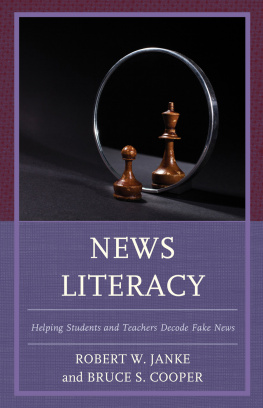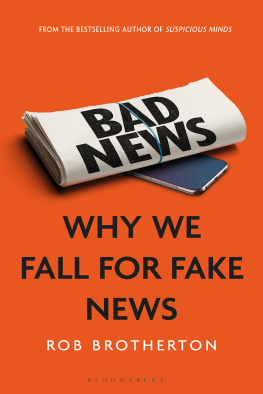

Copyright 2014 Andrew Pettegree
All right reserved. This book may not be reproduced in whole or in part, in any form (beyond that copying permitted by Sections 107 and 108 of the U.S. Copyright Law and except by reviewers for the public press) without written permission from the publishers.
For information about this and other Yale University Press publications, please contact:
U.S. Office;
Europe Office:
Set in Minion Pro by IDSUK (DataConnection) Ltd
Printed in Great Britain by TJ International Ltd, Padstow, Cornwall
Library of Congress Cataloging-in-Publication Data
Pettegree, Andrew.
The invention of news: how the world came to know about itself/Andrew Pettegree.
pages cm
ISBN 9780300179088 (hardback)
1. JournalismEuropeHistory. I. Title.
PN5110.P48 2014
070.09dc23
2013041978
A catalogue record for this book is available from the British Library.
10 9 8 7 6 5 4 3 2 1

Contents

Maps
The imperial postal system in the sixteenth century
Major European trade routes, c. 1500
The circulation network of the Gloucester Journal , 1725

Introduction
All the News that's Fit to Tell
I N 1704 the English writer Daniel Defoe embarked on the publication of a political journal: the Weekly Review of the Affairs of France . This was not yet the Defoe made famous by his great novel Robinson Crusoe ; he would discover his vocation as a novelist only late in life. Up to this point Defoe had tried his hand at many things, and often failed. The Review (as it soon became) was the latest of many attempts to find a way to make money. This time it worked. Within a few months Defoe's publication had found its new form, as a serial issued two or three times a week, consisting largely of a single essay on an item of topical interest.
Defoe was lucky. He had launched the Review at a time when the reading public was expanding rapidly, along with a market for current affairs. Naturally Defoe made the most of it. When, in an essay in 1712, he turned his mind to this buoyant market for news publishing, he did not hold back. The present times, wrote Defoe, had seen a media explosion. He recalled a time, even in his own lifetime, when there had been no such torrent of newspapers, state papers and political writing. The rage for news was transforming society, and Defoe was happy to be in the thick of it.
Defoe was not the only one to remark the current passion for news, and the rancorous tone of political debate that seemed to come with it. But if he truly thought this was new he was very much mistaken. The conflicts of the English Civil War over sixty years previously had stimulated a torrent of pamphlets, news reports and abusive political treatises. The first continental newspapers were established forty years before that. Long before Defoe, and even before the creation of the newspapers, the appetite for news was proverbial. How now, what news? was a common English greeting, frequently evoked on the London stage.
If there was a time when news first became a commercial commodity, it occurred not in Defoe's London, or even with the invention of the newspaper, but much earlier: in the eighty years between 1450 and 1530 following the invention of printing. During this period of technological innovation, publishers began to experiment with new types of books, far shorter and cheaper than the theological and scholarly texts that had dominated the market in manuscripts. These pamphlets and broadsheets created the opportunity to turn the existing appetite for news into a mass market. News could become, for the first time, a part of popular culture.
This book, which traces the development of the European news market in the four centuries between about 1400 and 1800, is the story of that transformation. It follows the development of a commercial news market from the medieval period when news was the prerogative of political elites to a point four hundred years later when news was beginning to play a decisive role in popular politics. By the time of the French and American revolutions at the end of the eighteenth century, news publications were not only providing a day by day account of unfolding events, they could be seen to play an influential role in shaping them. The age of a mass media lay at hand.
Trusting the Messenger
Of course the desire to be informed, to be in the know, is in one respect as old as human society itself. People would go to some lengths to find out the news. In the eleventh century two monasteries in rural Wales, one hundred miles apart across rugged terrain, would every third year exchange messengers who would live in the other house for a week, to share the news.
This tale, related in a Tudor chronicle, points up one other important aspect of the information culture of that earlier period. Our medieval ancestors had a profound suspicion of information that came to them in written form. They were by no means certain that something written was more trustworthy than the spoken word. Rather the contrary: a news report gained credibility from the reputation of the person who delivered it. So a news report delivered verbally by a trusted friend or messenger was far more likely to be believed than an anonymous written report. This old tradition, where the trust given to a report depended on the credit of the teller, had an enduring influence over attitudes to news reporting. But this early news world is not easy to reconstruct. Verbal reports in the nature of things leave little trace for the historian: studying the early history of news is a matter of combing through scraps and fragments.
Even as news became more plentiful in the sixteenth and seventeenth centuries, the problem of establishing the veracity of news reports remained acute. The news market and by the sixteenth century it was a real market was humming with conflicting reports, some incredible, some all too plausible: lives, fortunes, even the fate of kingdoms could depend on acting on the right information. The great events of history that pepper these pages were often initially mis-reported. In 1588 it was originally thought throughout much of continental Europe that the Spanish Armada had inflicted a crushing defeat on the English fleet; as in this case, the first definitive news was frequently outrun by rumour or wishful thinking, spreading panic or misjudged celebration. It was important to be first with the news, but only if it was true.
This troubling paradox initiated a second phase in the history of news analysis: the search for corroboration. As we will see, by the sixteenth century professional news men had become quite sophisticated in their handling of sensitive information. The first intimation of tumultuous events was reported, but with the cautious reflection this report is not yet confirmed. Europe's rulers would pay richly for the earliest report of a crucial event, but they often waited for the second or third report before acting upon it. But this was not a luxury all could afford: for the French Protestants hearing news of the St Bartholomew's Day Massacre in August 1572, only immediate action might save them from becoming one of the next victims. In these troubled times news could be a matter of life and death.
Next page
